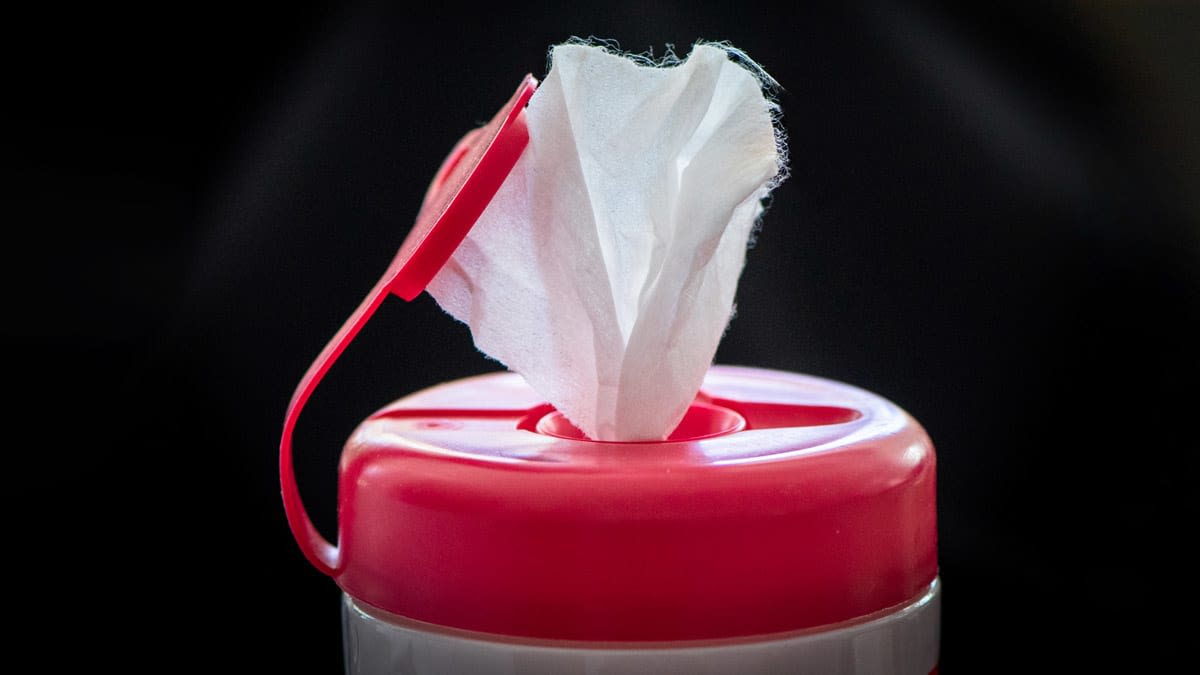
Because bacteria and other microbes are considered pests, many kinds of antimicrobial products, including quats, are regulated by the Environmental Protection Agency as pesticides. Quats, just like other pesticides, are usually required to bear a caution: “Keep out of reach of children.”
But in practice, children may still be exposed to them in the environment. A 2022 study in the Journal of Exposure Science & Environmental Epidemiology discovered that quats could even be found in human breast milk, and that levels were higher among mothers who used disinfecting products and disinfected more frequently.
There are two health risks most commonly associated with disinfectant use: respiratory issues like asthma and potential reproductive harms.
Lung irritation, asthma, and allergies. Bleach is well-known as a possible cause of asthma, and quats have also been found to have the potential to set off the condition.
Much of the evidence about the human health effects of disinfectants comes from studies of adults who work with them, in addition to research in labs. According to a 2019 analysis published in the American Journal of Infection Control, asthma occurs at higher rates in adults who use disinfectants and cleaners regularly for their jobs—such as janitors and healthcare workers—than in other workers.
In another recent analysis, published in 2022 in the journal Frontiers in Toxicology, researchers found that quats, particularly one common one called benzalkonium chloride, have been implicated as potential allergens and lung and skin irritants in a number of studies and case reports.
And the problems these chemicals may cause in adults can occur in kids, too, says Susan Pacheco, MD, professor of pediatrics at the University of Texas McGovern Medical School and a spokesperson for the American Academy of Pediatrics, Council on Environmental Health. Quats, for example, can facilitate the development of allergies and trigger asthma attacks in children, she says.
In fact, the experts we spoke with say that the active ingredients in disinfectant wipes may be more concerning for children than adults. “Kids breathe more air per pound of body weight than an adult does. Their exposure will be greater in terms of inhalation than an adult exposure would be,” says Jerome Paulson, MD, a pediatrician and emeritus professor at George Washington University.
In a 2005 study published in JAMA, researchers with the Centers for Disease Control and Prevention and other institutions found that between 1998 and 2002, there were hundreds of case reports where disinfectants, including bleach and quats, had caused illnesses or injuries among children in schools and child care centers from 1998 to 2002. These included eye, skin, and upper respiratory irritation.
Reproductive health harms. Recently, researchers have also begun to draw more attention to some early evidence that quats in particular may pose reproductive risks. This was first discovered by accident, when a researcher at the University of Washington working with lab animals began to notice decreased pregnancies and fewer live births among the mice in her colony shortly after moving to a new facility. She was eventually able to trace the source of the problem to the cleaning supplies being used to disinfect the lab—cleaning supplies whose active ingredients were quats.
To find out more, scientists dosed rodents with quats, and compared reproductive issues among those animals, rodents that had never been exposed to quats, and rodents who lived in facilities that were cleaned with quat-based disinfectants.
The results were eye-opening, according to Genoa Warner, PhD, an assistant professor in the department of chemistry and environmental science at the New Jersey Institute of Technology, who recently co-authored a review on the reproductive health toxicity of quats. “The animals that were exposed through regular old disinfection—ambient exposure—had significant effects,” she says, including decreased sperm concentration in males and higher rates of certain kinds of birth defects in offspring. In some cases they even experienced more problems than those who were deliberately fed the chemicals in higher doses.
Though more research is needed in humans, growing evidence suggests that quats may be endocrine disrupting chemicals, Warner says, which means they could disrupt the normal functioning of the body’s hormones even at very low doses.









